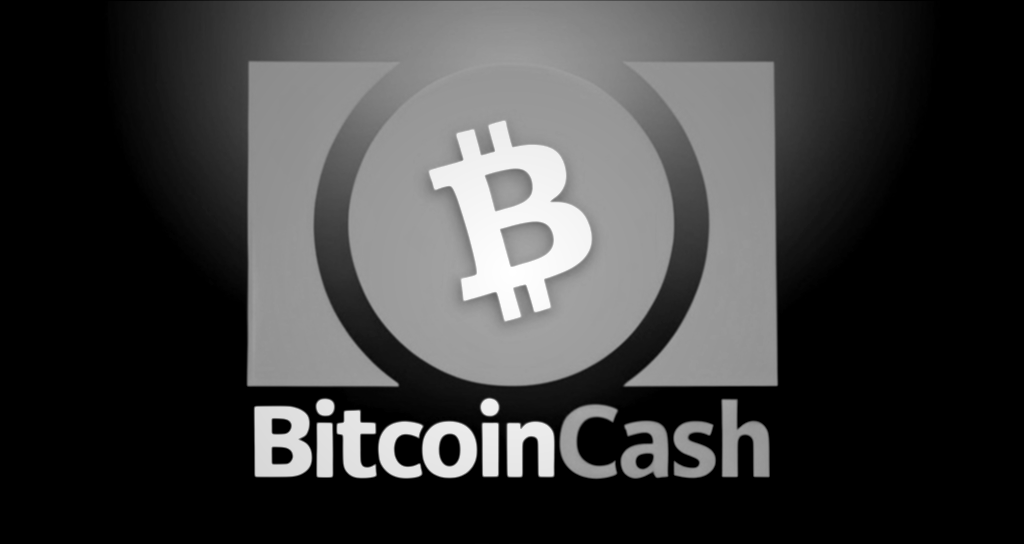In this article we discuss about Bitcoin Cash (BCH). This cryptocurrency was born from Bitcoin with the goal to solve Bitcoin’s issues like high fees and slow transaction times. So let’s see what is this crypto and what is the history of Bitcoin Cash (BCH)?
What is Bitcoin Cash (BCH)?
Bitcoin Cash is a cryptocurrency that was created in 2017 as a separate cryptocurrency from Bitcoin. It’s like Bitcoin’s twin and was designed to solve BTC’s speed and cost of transaction issues.
This happened as a result of a “hard fork”. That means that the development of Bitcoin and Bitcoin Cash moved at different ways. So Bitcoin community was split.
BCH operates on a decentralized network, so BCH is not governed by any single authority. This makes it a peer-to-peer system, aiming to facilitate fast and affordable transactions globally. The goal of Bitcoin Cash is to simplify online transactions, mirroring the ease and efficiency of using physical cash in the digital world.

How Does Bitcoin Cash Work?
Bitcoin Cash operates using blockchain technology, similar to Bitcoin, its predecessor. Blockchain is a distributed ledger, a continuously growing list of records (blocks). It’s linked and secure by using cryptography (called hashing in programming). Every BCH transaction is recorded on this ledger, which is maintained across a network of computers. Modifying any transaction record would require changing every copy of the ledger all over the network. It is almost impossible.
Block size limit is the key difference between Bitcoin Cash and Bitcoin. Originally, Bitcoin had a block size limit of 1 MB, but Bitcoin Cash increased this to 8 MB and later to 32 MB. The larger block size allows more transactions as every block is able to load itself with more transaction data. This made Bitcoin Cash to process more transactions faster with a lower fee. So as Bitcoin Cash is able to process more transactions makes BCH suitable for daily use, like purchasing goods or services.
Bitcoin Cash maintains its connection to the original Bitcoin blockchain. When the hard fork happened, the blockchain split, and Bitcoin Cash made a separated ledger from that point forward. However, both currencies shared the same transaction history up to the split.
The network relies on nodes, which are computers running Bitcoin Cash’s software. These nodes validate transactions and blocks, guarantee the integrity and continuity of the blockchain. Anyone can run a node, helping to keep the network decentralized and democratic.
Mining is another essential aspect of Bitcoin Cash. That means that nodes using the Proof of Work (PoW) consensus mechanism, where miners solve complex mathematical puzzles to add new blocks to the blockchain. The first miner to solve the puzzle adds a new block and is rewarded with BCH.
Due to the larger block size, Bitcoin Cash mining can involve varying rewards. Bigger blocks can contain more transactions, and therefore more transaction fees for the miners. However, this also means that miners may need more powerful computational resources to handle the larger block size efficiently.
The History of Bitcoin Cash – Hard Fork and More
Bitcoin Cash was created in 2017, born out of a need to address scalability issues faced by Bitcoin. As Bitcoin grew in popularity the traffic on the network grow. So its limited block size began to slow down transaction speeds and increase processing fees, which contradicted its potential for daily transactions. The Bitcoin community was divided on how to solve these problems.
At this point we need to mention Roger Ver who is called as “Bitcoin Jesus” in the crypto community. He owns bitcoin.com website. As one of the first big names investing and believing in crypto from the beginning, he played a key role in the hard fork of Bitcoin. He criticized Bitcoin network for its lower transaction speed as he believed in the necessity of a cryptocurrency that could fulfill the original promise of Bitcoin as a fast, efficient, and low-cost medium of exchange.

So finally on August 1, 2017, Bitcoin changed in its protocol through a hard fork, and implemented Bitcoin ABC (Adjustable Blocksize Cap). This hard fork created a new branch on the blockchain and marked the birth of Bitcoin Cash. Bitcoin ABC proposed increasing the block size limit, which was the main aspect of this split. While Bitcoin is much more a store of value, just like gold in real life, Bitcoin Cash is more useful for daily transactions.
This split aimed at keeping the original vision of Bitcoin as a peer-to-peer electronic cash system, as described by Satoshi Nakamoto, Bitcoin’s anonymous creator.
Post-fork, Bitcoin Cash gained more followers and attracted investors, miners, and developers. This period also brought the creation of other forks and new cryptocurrencies, each attempted to improve the technology in various ways. For example, Bitcoin Cash SV (Satoshi’s Vision) or Bitcoin SV in short was created from a fork of Bitcoin Cash in 2018, aiming to bring back Bitcoin’s original protocol.
Bitcoin Vs Bitcoin Cash
Bitcoin Cash allows more transactions in a single block than Bitcoin so its transaction times are shorter. Actually Bitcoin Cash can handle over 100 transactions per second (TPS) while Bitcoin has 7 TPS. So Bitcoin is used more as a digital asset.

The price of BTC shows this as it is still the #1 crypto with a price of $41,590 at the time of writing. While the price of BCH is $244. Interestingly both has a maximum supply of 21 million. In market capitalization they shows a big difference as BTC has over $800 million in market cap while BCH has $4,796,842.
How to Buy Bitcoin Cash?
If you plan to invest in Bitcoin Cash but haven’t done it before, here you can read our guide how to buy BCH.
- Choose a Cryptocurrency Exchange: Popular exchanges like Coinbase, Binance, and Kraken accept Bitcoin Cash. But each platform has different fees.
- Create an Account: For this step you need a valid e-mail address and usually a valid phone number as verification may require you to submit identification documents, as part of the exchange’s Know Your Customer (KYC) policy.
- Deposit Funds: After your account is verified you can deposit funds to the exchange. Most exchanges accept fiat money (like USD, EUR). Deposit methods such as bank transfer, credit/debit card, or even PayPal works mostly. Or if you have Bitcoin or Ethereum you can deposit them as exchanges accept BTC/BCH and ETH/BCH trading pairs.
- Buy Bitcoin Cash: Go to the market or trading section and select Bitcoin Cash (BCH). You can buy Bitcoin Cash tokens at the current market rate or set a limit order to specify the price at which you want to buy.
- Store Your Bitcoin Cash Safely: You can use your exchange wallet, but we recommend you to store them on your personal wallet (like a cold wallet where only you can know your private key) except if you day-trade them. If you are not familiar about wallets, don’t worry, just read or article about the best crypto wallets here.




